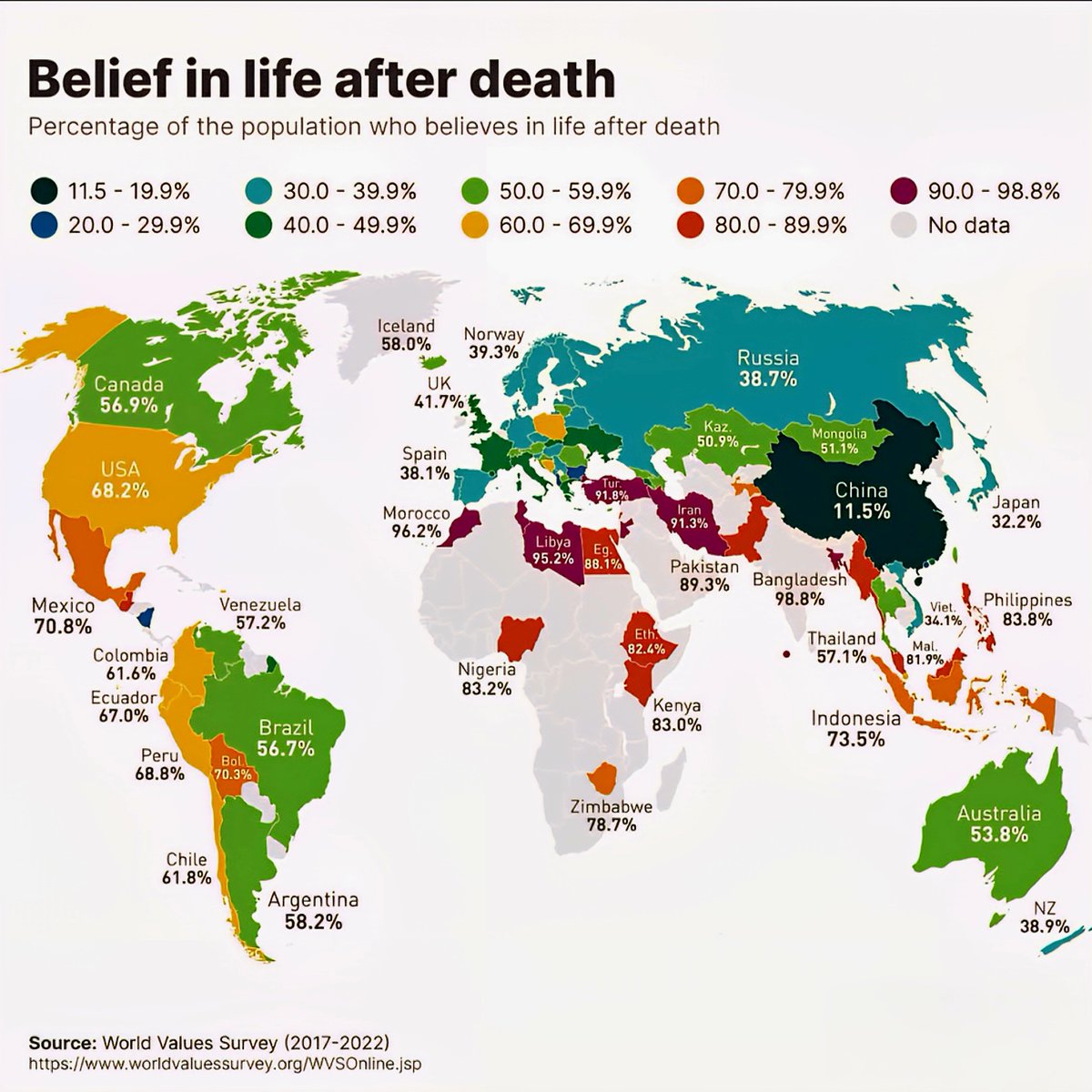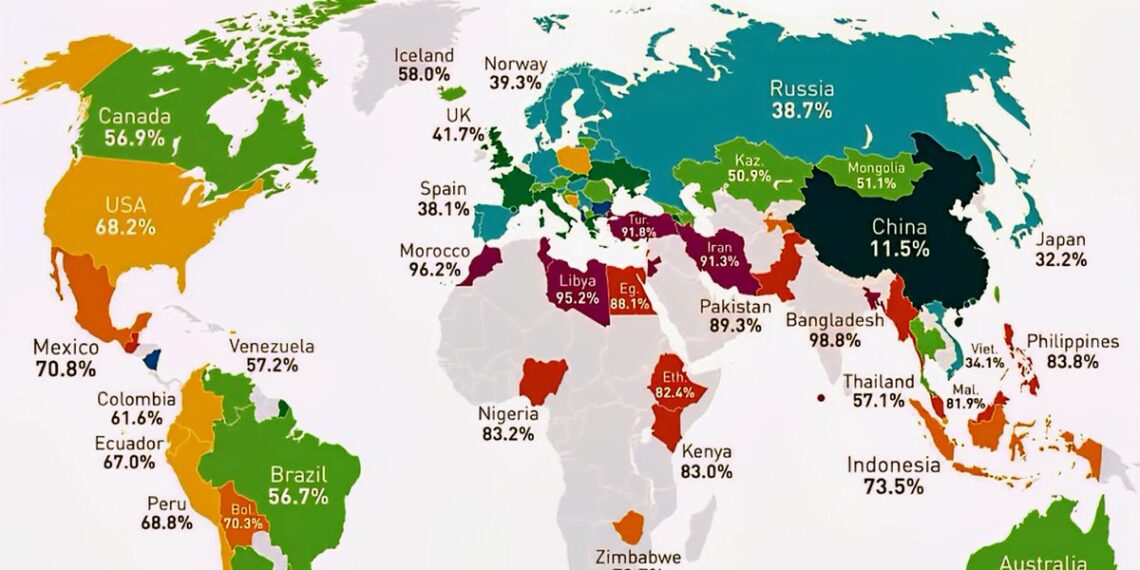Select Language:
Exploring the Deep-rooted Belief in Life After Death in 2025

The Enduring Faith in Life Beyond the Grave
In 2025, the belief in life after death continues to be a prominent aspect of many cultures worldwide. Whether rooted in religious doctrines, spiritual practices, or personal philosophies, this conviction influences countless lives and societal norms. Here are some of the most significant aspects shaping this enduring belief.
1. The Surge of Near-Death Experiments and Research
Recent advances in neuroscience and medical technology have led to unprecedented exploration into near-death experiences (NDEs). Patients who have survived cardiac arrests report vivid encounters—seeing bright lights, feeling an overwhelming sense of peace, or observing a life review. These accounts have fueled scientific debates, bolstering the argument that consciousness may transcend physical death. Researchers are increasingly focusing on studying these phenomena, leading to a broader acceptance that human consciousness could persist beyond bodily demise.
2. Religious and Cultural Continuity in Afterlife Beliefs
Despite modern skepticism, religious traditions worldwide reinforce unwavering faith in an afterlife. Christianity, Islam, Hinduism, and Buddhism, among others, continue to shape cultural practices that honor the dead and prepare souls for what comes next. In 2025, new generations actively engage with these teachings through digital sermons, online memorials, and virtual pilgrimage tours. Moreover, some indigenous societies preserve ancient beliefs about spirits and ancestral realms, which continue to influence community life.
3. The Rise of Digital Afterlife and Virtual Memorials
With technological advancements, the concept of life after death is expanding into the digital realm. Families are now creating online memorials, digital legacies, and even AI-driven chatbots modeled after loved ones. These virtual entities aim to preserve consciousness in a form that offers comfort and ongoing connection. Tech companies are investing heavily in developing these digital continuation tools, reflecting a modern interpretation of eternal life where memories are stored and interacted with indefinitely.
4. The Role of Palliative and End-of-Life Care in Comforting the Living
In 2025, healthcare providers are prioritizing holistic approaches to end-of-life care that address spiritual and emotional well-being. Palliative care now routinely includes counseling on beliefs about what lies beyond death. This focus helps families and patients find peace, fostering acceptance of mortality while nurturing hope in the possibility of an afterlife. Such practices also influence societal perceptions, emphasizing compassion and understanding during life’s final chapters.
5. Scientific Perspectives and Skeptical Views
Not all discourse around the afterlife is rooted in faith. Many scientists continue to debate whether consciousness truly persists post-mortem. Some argue that NDEs and spiritual encounters might result from brain activity during extreme stress or chemical reactions. The lack of concrete empirical evidence keeps skepticism alive and fuels ongoing research. Nonetheless, the debate underscores the profound human desire to find meaning beyond finite existence.
6. Personal Experiences and Anecdotal Evidence
Across the globe, countless individuals report personal encounters with what they interpret as evidence of life after death. These stories—ranging from unexplainable sensations during sickness to vivid dreams of deceased loved ones—add a rich tapestry of human experience to the topic. While subjective, such accounts perpetuate faith and curiosity, inspiring new generations to ponder the mysteries of existence.
7. Philosophical and Ethical Discussions about Afterlife Beliefs
In 2025, philosophy continues to explore moral and existential questions regarding the afterlife. Debates about the implications of believing—or not believing—in life after death influence everything from criminal justice to bioethics. For instance, questions about reincarnation, soul preservation, and the moral responsibilities associated with spiritual beliefs remain central in academic and public forums.
8. The Impact on Mental Health and Grief Processing
Beliefs about an afterlife significantly shape how individuals grieve their loved ones. Many find comfort in the idea of reunion in an afterworld, easing pain and fostering healing. Mental health practitioners acknowledge that spiritual beliefs can be vital components of resilience, encouraging individuals to cope with loss through faith or spiritual reflection. This integration of belief into grief management underscores its societal importance.
As 2025 unfolds, the conviction that life extends beyond the physical realm continues to influence faith, science, technology, and personal worldview. Whether rooted in age-old traditions or emerging digital innovations, the belief in life after death remains a fundamental aspect of the human condition, inspiring ongoing exploration and reflection.






